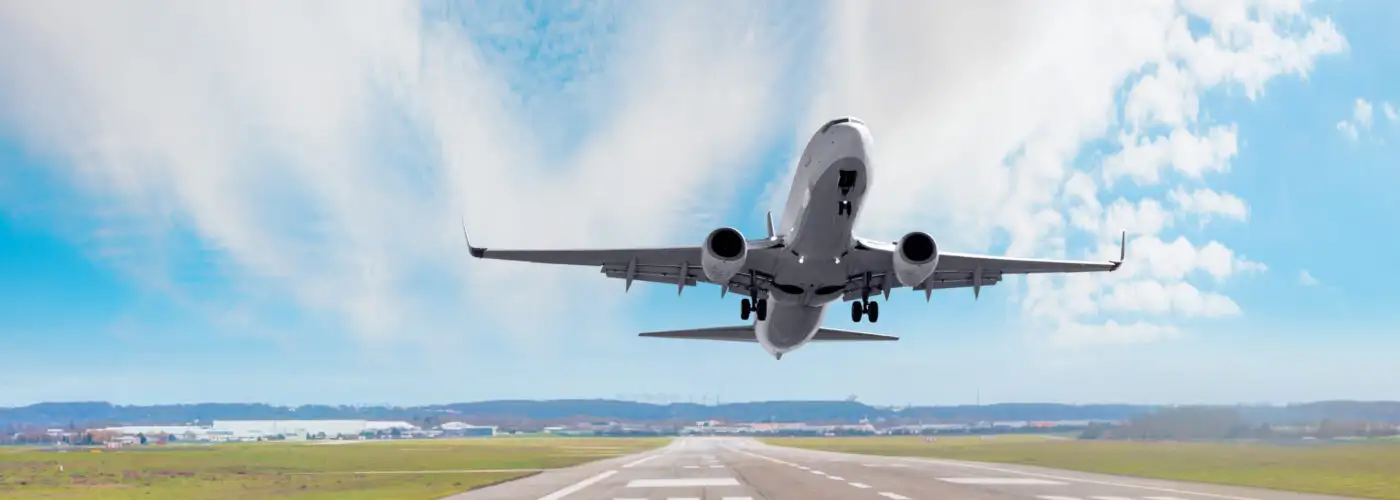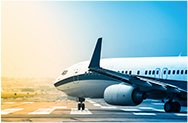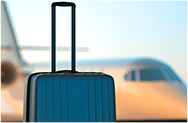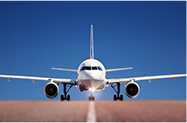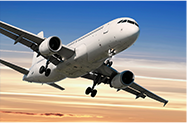I frequently fly between Boston and Washington, DC, and the actual flight time has never taken more than 90 minutes. So why does every flight option listed between the two cities cite the trip time as 1 hour and 40 minutes or more?
The answer to this question is a sneaky tactic that airlines use to improve their chances of having an on-time arrival. Known as “flight padding,” it’s a standard practice in the aviation industry.
Airlines will often overstate the scheduled flight time in order to give themselves a buffer against delays, allowing them to still count a flight towards its on-time statistics, even if the flight is actually slightly delayed.
According to a study conducted by FinanceBuzz, flight padding is a common practice. The study found that on average, airlines are padding their scheduled flight times by just over 10 percent, adding approximately 11 minutes on to a typical two-hour flight.
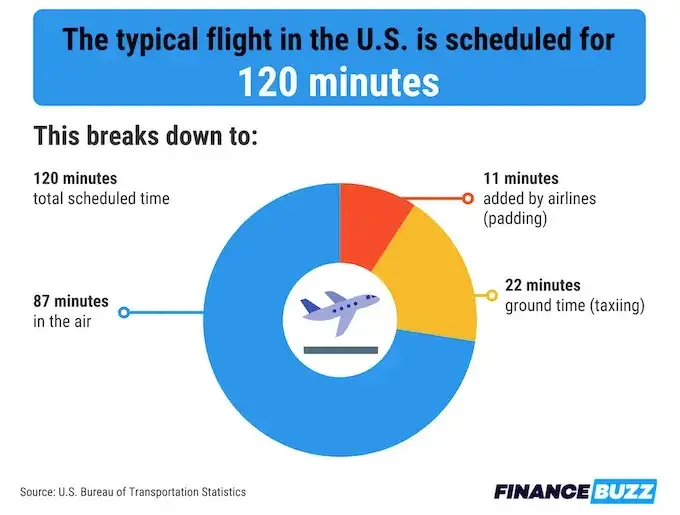
When airlines list the flight duration time, they account for more than just the time spent in the air. FinanceBuzz reports, “Of the more than five million domestic flights scheduled in 2022, the median scheduled flight duration was exactly 120 minutes.” That flight duration time includes: 87 minutes of flight time, 22 minutes on the ground, and 11 minutes of schedule padding.
Flight padding is more common on certain airlines. FinanceBuzz found that Southwest Airlines was the worst offender, buffering nearly 14 percent of their flights with extra time. Hawaiian Airlines adheres the closest to actual flying time, padding just 4.7 percent of flights.
Since the Bureau of Transportation Statistics (BTS) defines a delayed flight as arriving 15 minutes or more after its scheduled time, adding 11 extra minutes on the clock can be a huge help to the airline.
You Might Also Like:
• 9 Surprising Things You Didn’t Know About TSA PreCheck & Global Entry• How To Skip To The Front Of The Airport Security Line…Every Time
• 5 Surprising Items That Could Get Your Luggage Searched by the TSA
• When Should You Book Your Holiday Flights for 2024?
• Never Lose Your Luggage Again With This Easy Hack
We hand-pick everything we recommend and select items through testing and reviews. Some products are sent to us free of charge with no incentive to offer a favorable review. We offer our unbiased opinions and do not accept compensation to review products. All items are in stock and prices are accurate at the time of publication. If you buy something through our links, we may earn a commission.
Related
Top Fares From
Today's Top Travel Deals
Brought to you by ShermansTravel
12-Night Peru Escorted Tour, Incl. Sacred...
Wingbuddy
 vacation
$2198+
vacation
$2198+
Amsterdam to Copenhagen: Luxe, 18-Night Northern...
Regent Seven Seas Cruises
 cruise
$12399+
cruise
$12399+
Ohio: Daily Car Rentals from Cincinnati
85OFF.com
 Car Rental
$19+
Car Rental
$19+
